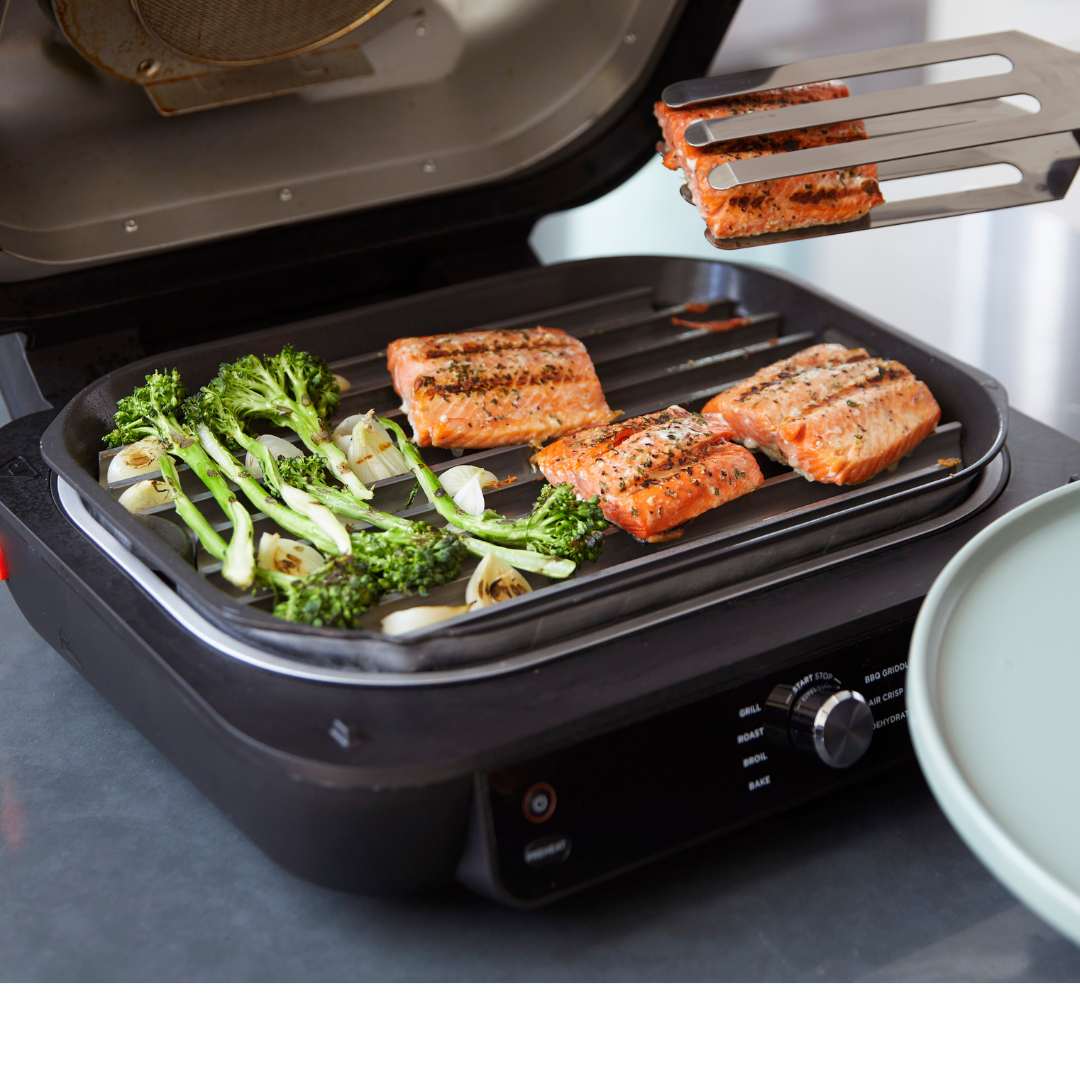In today’s professional landscape, where first impressions and personal branding are crucial, dressing for success is not just a cliché but a strategic component of career development. As office environments evolve, so does the concept of workwear. Gone are the days when cookie-cutter suits were the universal standard. Today’s professionals are expected to blend style with functionality, creating outfits that are both stylish and appropriate for various workplace settings. This essay explores essential strategies for curating a versatile, stylish office wardrobe that aligns with modern workwear demands, ensuring you look poised and polished every day.
1. The Foundation of Modern Workwear: Understanding the basics of contemporary office attire is the first step in building a functional wardrobe. This involves choosing pieces that are both versatile and tailored to create a sharp, professional appearance. For men, this might mean investing in well-fitted blazers and trousers in neutral colors. Women can focus on key pieces such as pencil skirts, tailored trousers, and blouses that offer a mix of classic and contemporary appeal. These foundational garments serve as the backbone of your wardrobe, enabling you to mix and match with ease.
2. Embracing Color and Pattern: While traditional office wear often leans towards conservative colors like black, navy, and gray, modern office fashion welcomes splashes of color and pattern. A well-placed pop of color, whether in a tie, a blouse, or a pair of shoes, can brighten up your outfit and reflect your personality. Patterns, when used judiciously, add visual interest to outfits without compromising professionalism. For instance, a houndstooth blazer or a floral dress can be balanced with solid, neutral pieces to maintain a professional look.
3. The Role of Tailoring: Tailoring is perhaps one of the most crucial elements of professional attire. Clothes that fit well not only enhance your appearance but also boost your confidence. It’s worth investing in getting your office wear professionally tailored to ensure each piece complements your body shape perfectly. This applies to everything from suits and jackets to skirts and pants. A well-tailored outfit speaks volumes about your professionalism and attention to detail.
4. Layering for Versatility: Layering is a practical fashion strategy that accommodates the varying temperatures in office environments and can subtly elevate your style quotient. Women can layer a smart cardigan or a chic blazer over a blouse, while men can opt for a v-neck sweater over a button-down shirt. These layers can be easily added or removed as needed, making your outfit adaptable throughout the day.
5. Smart Accessories: Accessories are the finishing touches that can make an ordinary outfit extraordinary. For men, watches, belts, and cufflinks can reflect sophistication and attention to detail. Women can enhance their outfits with statement jewelry, scarves, or stylish yet functional handbags. However, it’s important to keep accessories understated and appropriate for the workplace to avoid distractions.
6. The Right Footwear: Shoes play a critical role in workwear, combining comfort and style. The choice of footwear should complement your outfit and be suitable for standing or walking during the day. Women should look for heels that are not too high or opt for stylish flats, while men should ensure their shoes are well-polished and match the belt. Investing in quality footwear not only elevates your professional appearance but also ensures lasting comfort.
7. Incorporating Casual Elements: As workplaces lean towards more relaxed dress codes, incorporating casual elements into your work attire can be both appropriate and fashionable. This could mean pairing dark jeans with a blazer or wearing polished loafers with chinos. The key is to keep the overall look clean and sharp, ensuring that casual pieces are up to par with the rest of your professional ensemble.
8. Seasonal Adaptations: Adapting your wardrobe to the seasons is essential for comfort and style. Lighter fabrics and brighter colors are suitable for spring and summer, while heavier materials and richer tones work well in autumn and winter. Transitioning your workwear according to the season keeps your style fresh and appropriate year-round.
9. Maintenance and Upkeep: Regular maintenance of your workwear is as important as the initial selection. This includes timely laundering, ironing, dry cleaning, and mending of garments to ensure they always look their best. Well-maintained clothes contribute to a polished, professional image that can influence your career positively.
Creating a stylish and versatile office wardrobe goes beyond mere aesthetics; it’s about projecting professionalism and competence. By carefully selecting garments, playing with colors and patterns, and focusing on quality and fit, you can build a work wardrobe that not only boosts your confidence but also positions you as a consummate professional in any setting. As the lines between traditional and modern office attire continue to blur, the ability to adapt and curate a personal style within the professional realm becomes increasingly significant.









